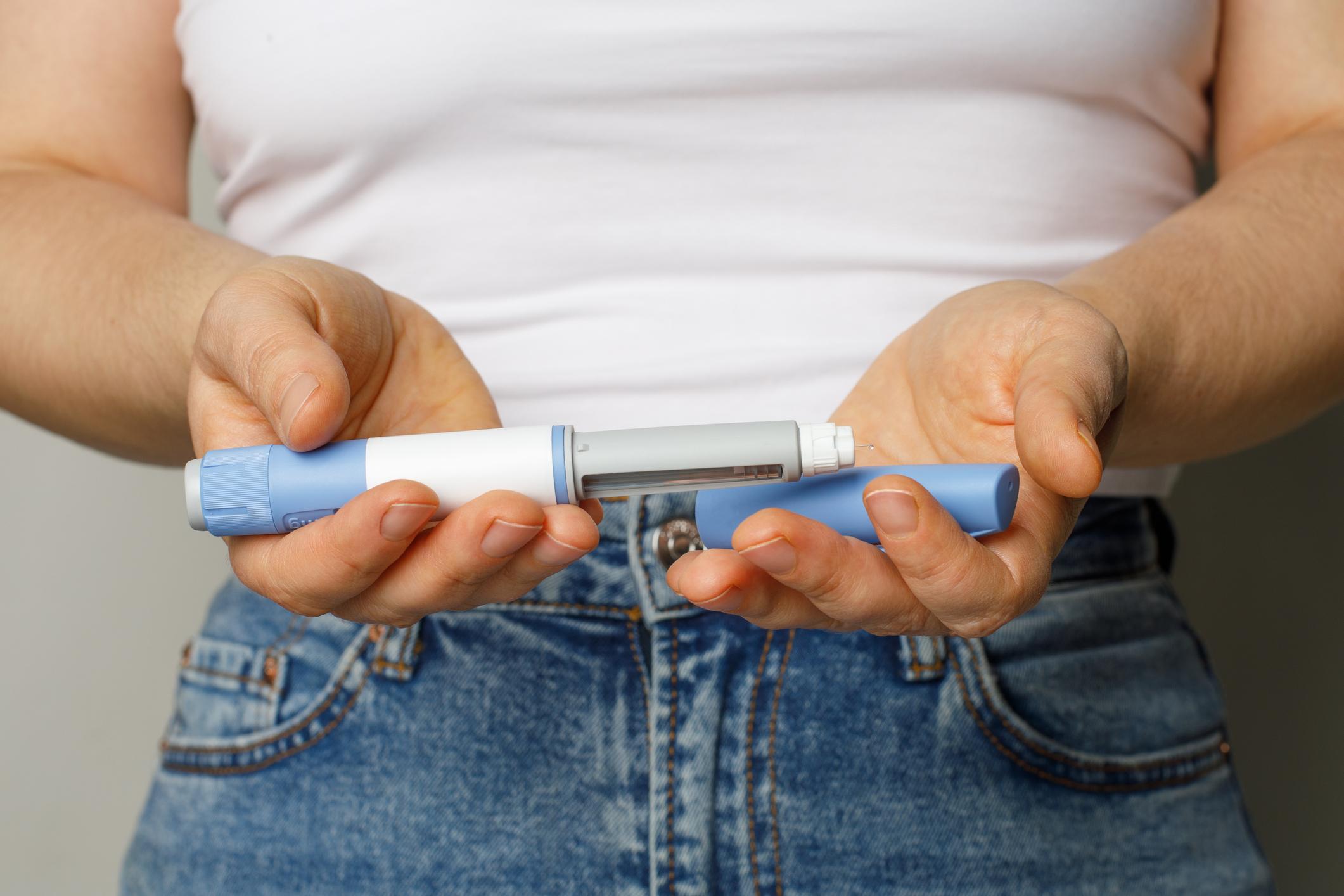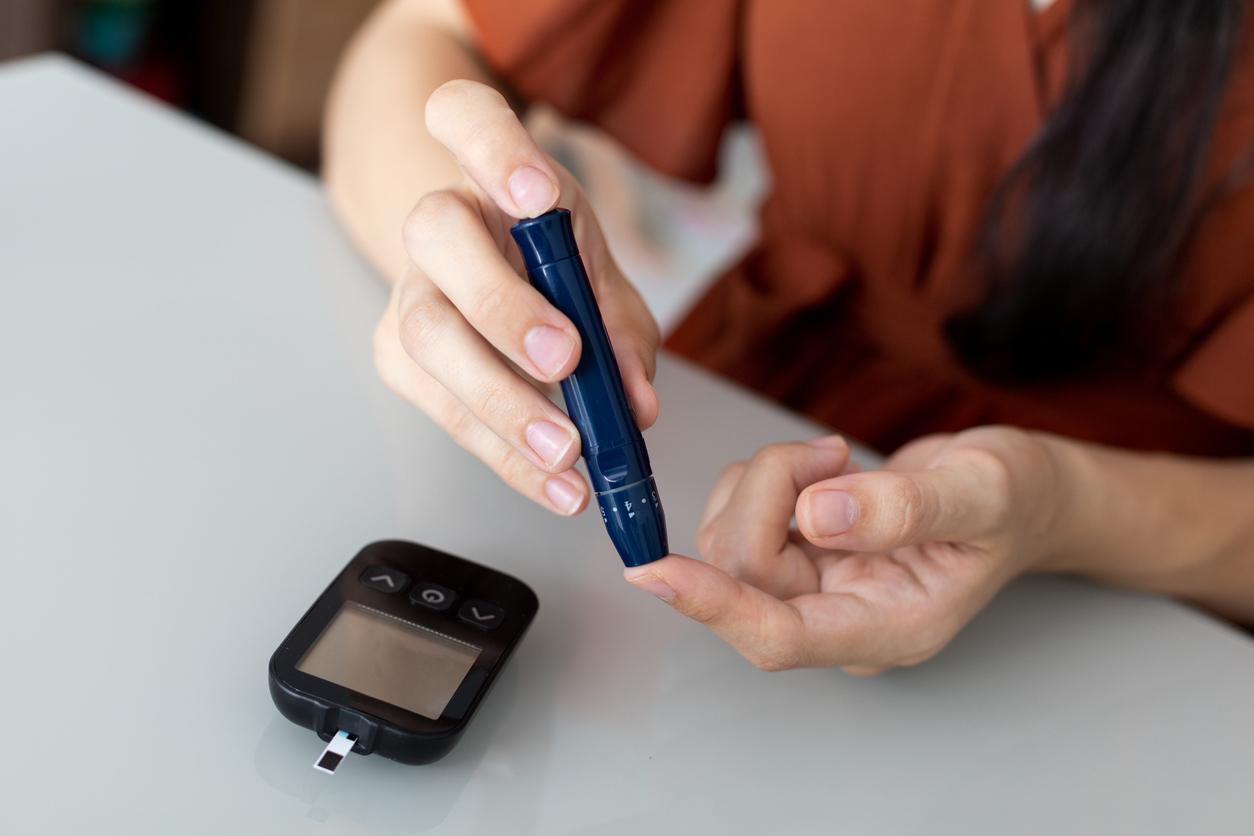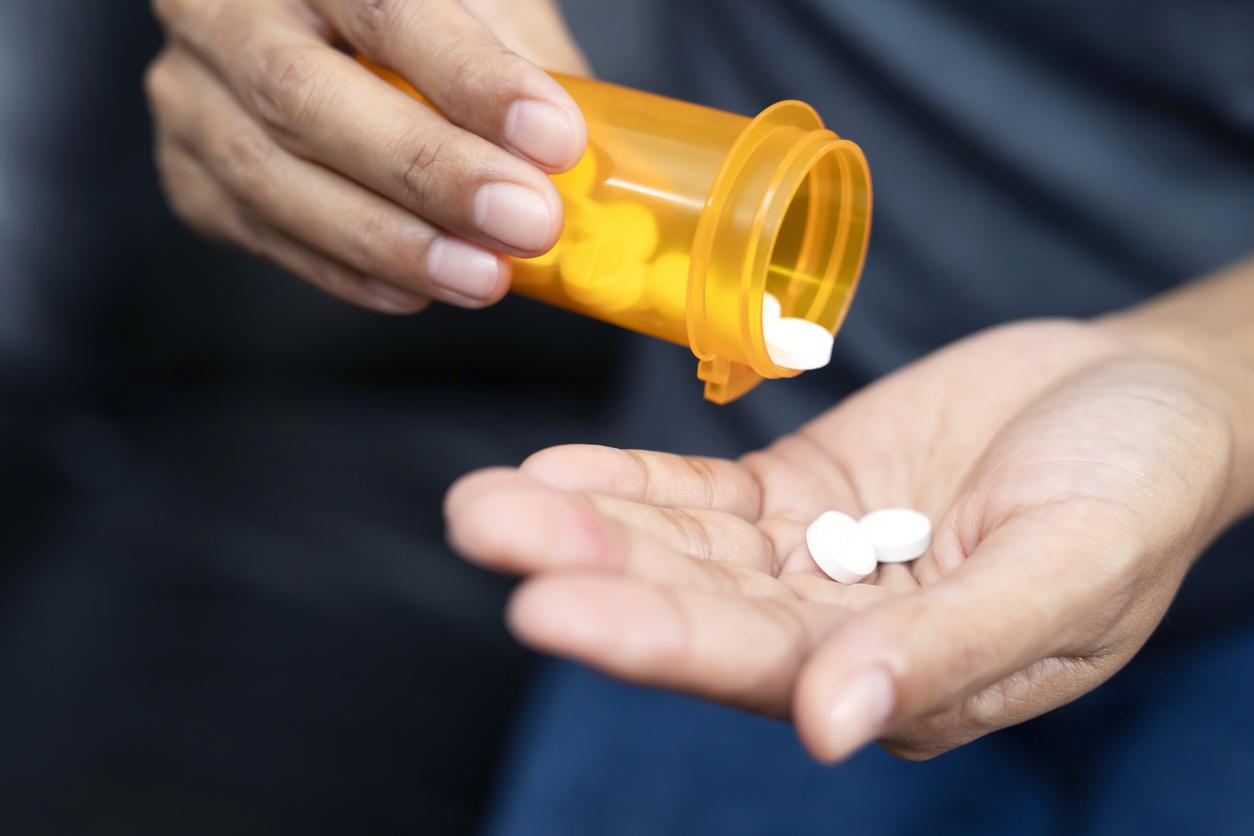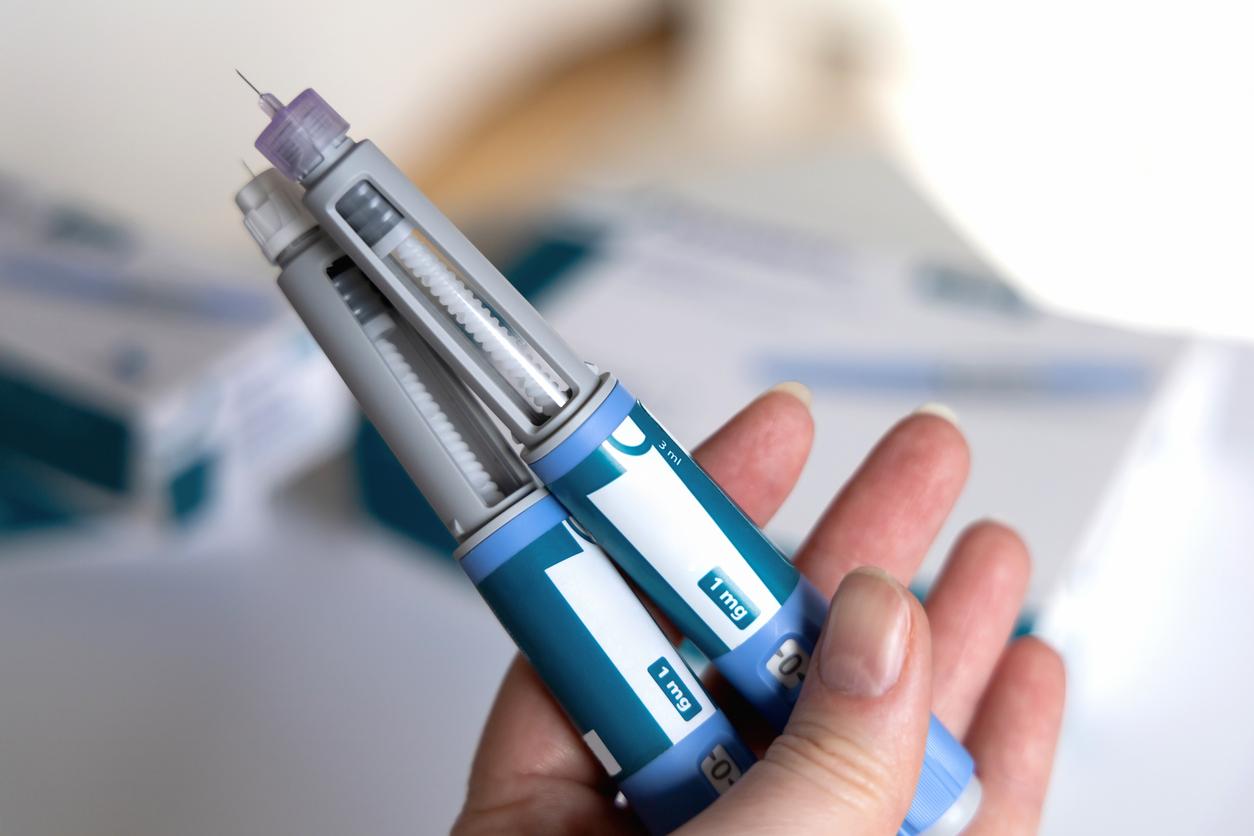People with diabetes should have their blood sugar levels monitored. In the past, we only had a snapshot, the blood sugar. A precise measurement, but only for the moment “T”. Doctors now have a simple dosage that gives an overview of the sugar level during the last three months. A revolution that has changed the treatment and prognostic vision of this dreadful disease.

What is it to be diabetic?
To be diabetic is to have too much sugar in your blood. To find out, we measure what is called blood sugar.
A simple exam that everyone knows …
A small prick on the fingertip is enough. But this is a snapshot, a photo that is not always accurate. An example, a prolonged effort on an empty stomach allows to have normal figures which are therefore misleading …
If the photo is not perfect, the film had to be invented!
The diabetes movie exists. This is another, less well-known dosage called glycated hemoglobin.
A very complicated name
Yes, but for a simple technique that every diabetic should know.
Present in red blood cells, hemoglobin, which carries oxygen in the blood, has the particularity of fixing sugar. The higher the blood sugar, the more sugar bound to hemoglobin.
This assay makes it possible to know the history of blood sugar during the three months preceding the examination. A simple quarterly dosage therefore makes it possible to precisely follow the evolution of the disease and the effectiveness of the treatment.
What does the doctor put on his prescription?
It marks “Dosage of HbA1c” and the result is expressed in%.
The normal rate observed in the non-diabetic oscillates between 4 and 6%.
From what number should we be worried?
The French National Authority for Health has issued recommendations on the target objectives of HbA1c according to the patient’s profile:
- type 2 diabetes, most cases: less than 7%
- type 1 diabetes: between 7 and 7.5%
.

















